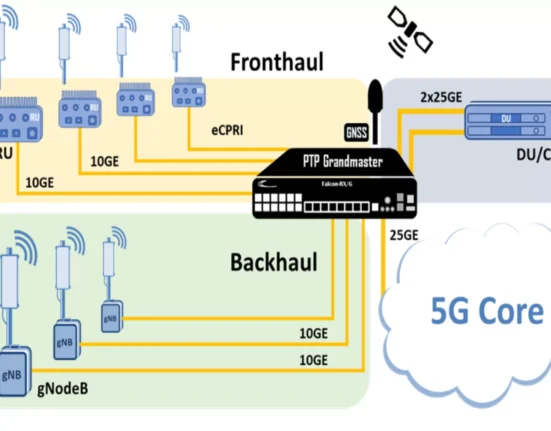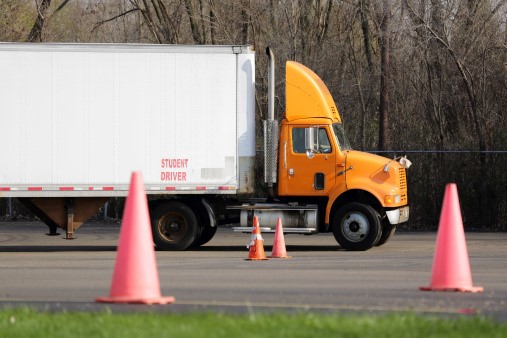Providing telecom services to all sections of society has been a challenge for countries across the globe. For many, it is considered as an important step towards empowering individuals with education via the Internet. However, the rising cost of telecom services has been a deterrent for economically weaker sections of society, which is why; many people have been unable to use basic telecom services like voice calls and mobile internet. Not anymore though. With the evolution of the telecom industry and the inception of lifeline MVNE services, the dream of providing telecom services to people from lower income groups has become a reality. Lifeline is an initiative by FCC (Federal Communications Commission), which is helping many people get access to basic telecom services.
Lifeline: How it Works?
Lifeline offers a $9.25 per month discount to low-income subscribers who have passed the eligibility test. Subscribers either receive a Lifeline discount on a wired phone service or a wireless service. It is not possible to provide a discount on both types of services at the same time. This plan also covers broadband internet connection along with broadband-voice bundles. A single household can only receive a single Lifeline service as per the FCC rule.
Lifeline provides a convenient way for people from economically weaker sections to get their hands on elusive mobile services. However, there are other users that do not meet the criteria set by FCC and are not eligible for lifeline services. For these individuals, MVNO data and voice service come as a great help.
Cheaper MVNO Data and Voice Services
An MVNO (Mobile Virtual Network Operator) receives frequency spectrum and network resources at a cheaper rate from MNOs (Mobile Network Operators). This allows him to sell its telecom services at a lower rate and attract new customers.
Become MVNO and Attract New Customers
An MVNO does not have its own network but uses a network from a carrier or MNO. An MVNO can be a full MVNO with its own HLR. Such MVNOs only use an MNO’s radio base stations for providing 3G, 4G or 5G services. On the other hand, a light MVNO mainly focuses on relations with customers along with marketing and billing. It does not have its own HLR.
Whether full or light, to become MVNO you need good marketing skills and a unique idea that differentiates you from other players in the market. You can either specialize in mobile data and become a data MVNO or earn your stripes in providing voice call services. But whatever you do, make sure that you are excellent in the niche that you have chosen. Good customer relations and the ability to attract new customers are essential for any MVNO to succeed.





